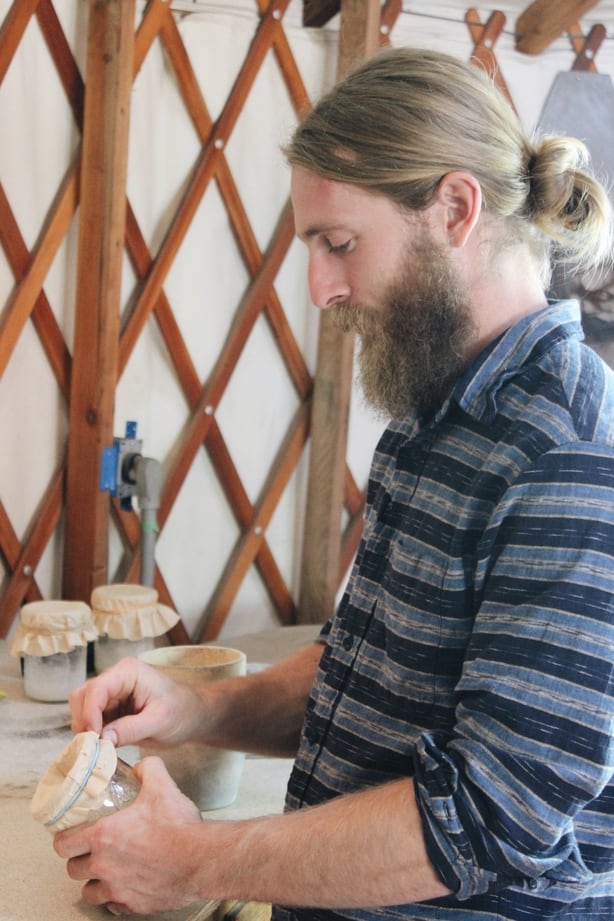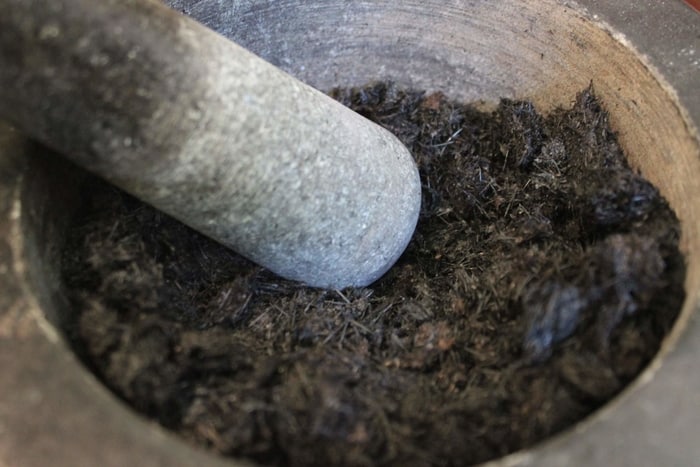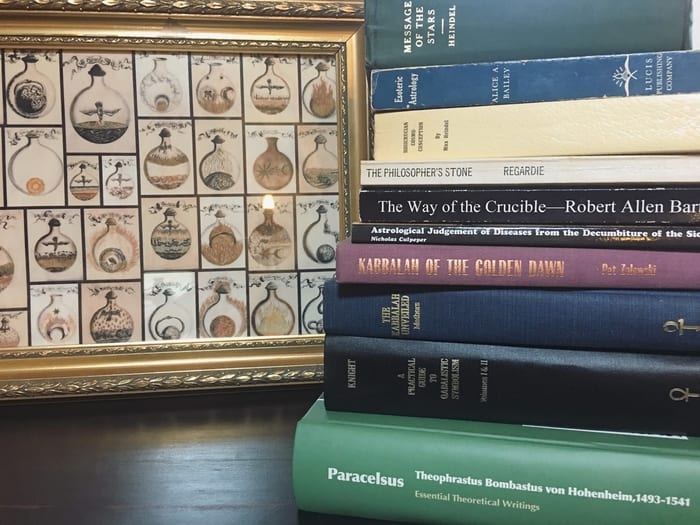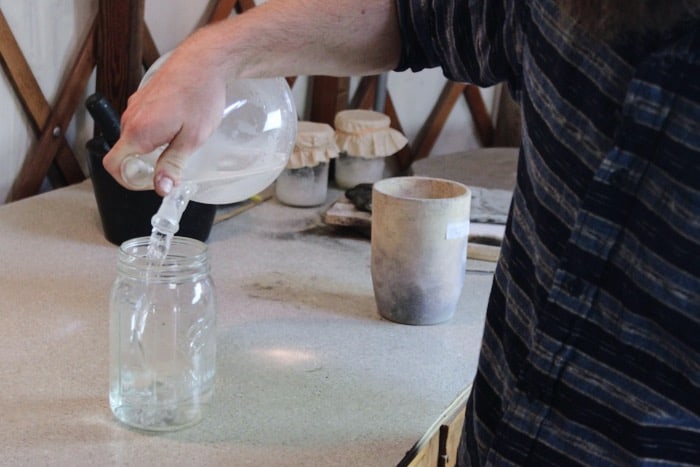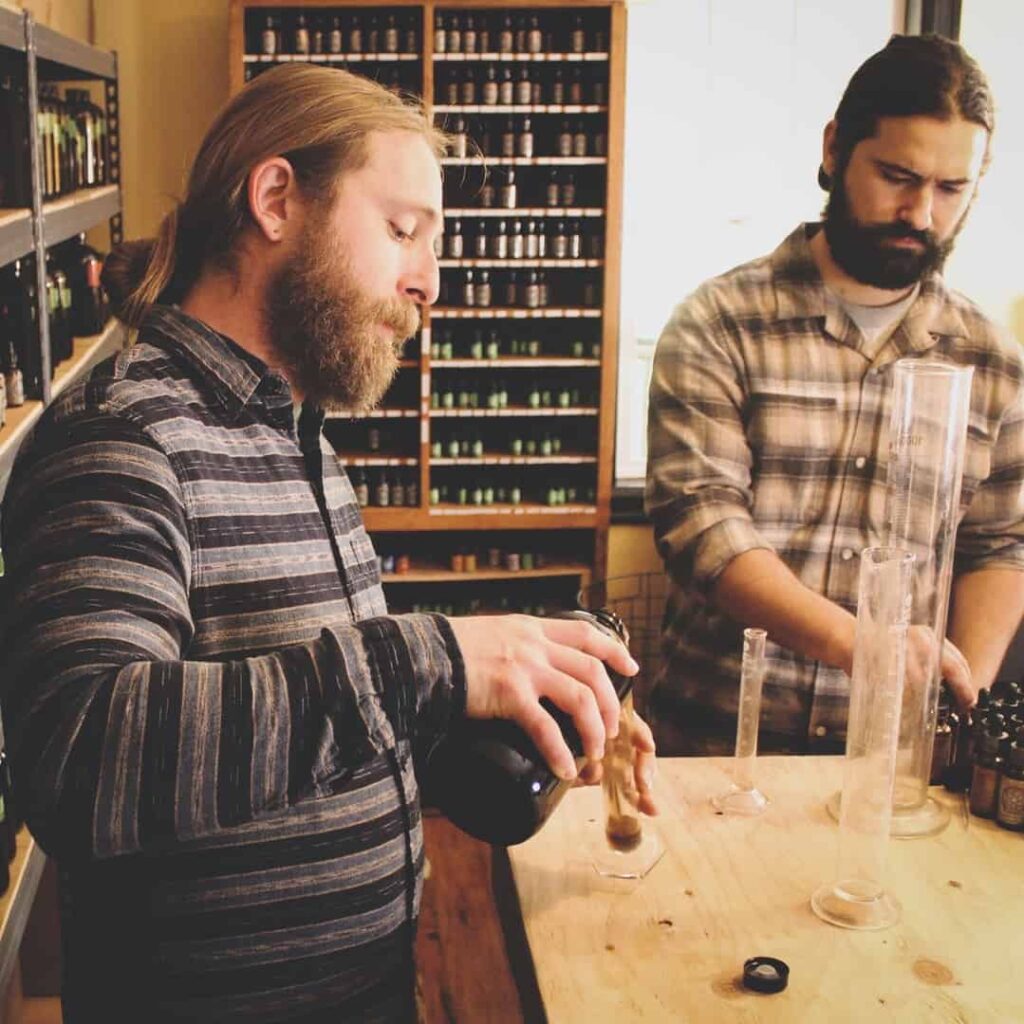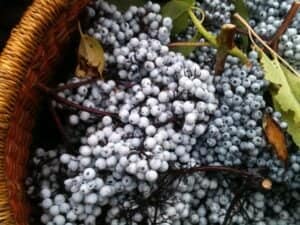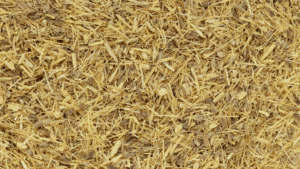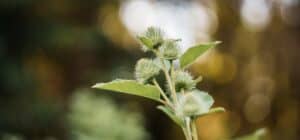When you’re studying alchemical herbalism, the first step towards making spagyric medicine is with making what is called “the seven basics.”’
This process is achieved by developing a profound relationship with the plants and planets. Although you can look outside yourself for reference charts in books and online to speed up the process, allowing the relationship to unfold on its own time and gaining an understanding of the philosophy and practice of alchemy yields a medicine with unparalleled potency.
In today’s blog post, you’ll learn:
- How to integrate your intellectual knowledge of alchemy and spagyrics into actionable steps
- What the “seven basics” are in the alchemical tradition
- Why it’s worthwhile to skip shortcuts and take the long route when making spagyric medicine and learn your remedies according to alchemical principles
- The importance of incorporating the mind, body, and spirit into producing spagyric medicine
Table of Contents
Where to Begin with Making Spagyrics
If there’s a shorter and more efficient method to get things done, why not take it?
This might sound like a foolproof approach to crossing tasks off your list, especially in the fast-paced world we live in. However, with alchemical herbalism, and more specifically, its tradition of spagyrics, it’s precisely this mentality that you want to avoid. With this herbal practice, it’s the process, time, and energy itself that infuses into your spagyric to make it a potent medicine.
Like a butterfly in a chrysalis, its process cannot be rushed. If you remove a butterfly before it’s ready, its wings will be unable to carry it through flight. There’s a natural cycle and process to all things living. When you offer time and space, that’s when you witness the beauty that transforms the caterpillar into a breathtaking butterfly opening its wings and taking its first flight.
You can learn a lot about the process of making spagyric medicine from the cycle that the humble caterpillar follows to transform into the magnificent butterfly. It does so quietly, sometimes obviously, sometimes hidden, but most of all, it follows its natural rhythm and cycle.
The making of spagyric medicine is rooted in the tradition of tuning into the natural world, honoring its cycles, and practically applying the harmonic union that exists between all sentient beings.
By giving yourself time to develop a relationship with the herbal medicine you’re making rather than “overnighting” it and looking things up in books, you’re able to lean in and listen to the tune of your heart, mind, and body that guides you towards developing a deep and profound relationship with the plant world, which in turn, helps you to formulate powerful spagyric medicines.
Whether it takes a month or a year, there’s no way to rush the butterfly’s process, nor a spagyric that truly touches the heart, mind, body, and spirit; so take a breath, lean in, and enjoy the process.
Keep it Simple With the Seven Basics
One way to get out of the herbalism armchair and into the world of making spagyric medicine is to start with preparing what’s referred to as “the seven basics.” In this tradition, you’d select seven different herbs, each one ruled by one of the seven inner planets of astrology. As each plant is guided through the sensitive process, they concentrate the subtle qualities of their respective planet, which in turn targets the corresponding force within us when we ingest them. By the end of the process, you’ll have seven unique remedies, each one correlating to its planet of rulership and containing the healing virtue associated with it.
This is the true path of alchemy, as when you ingest these spagyrics you develop a direct connection not only to the plant you’re working with, but the planetary quality infused within it. You thus learn not through reading about the plants and planets, but by directly experiencing them
Starting your spagyric path with the seven basics is a fantastic way to programmatically apply the information you’ve learned; transforming your accumulated knowledge into actionable steps.
The Three Outer Planets
When formulating spagyric medicine, the seven inner planets are traditionally used, as the system was developed prior to the invention of the telescope. These include the sun, moon, Mars, Venus, Jupiter, Saturn, Mercury. However, what about the three outer planets?
From an astrological perspective, Uranus, Neptune, and Pluto move particularly slowly in comparison to the seven inner planets. As a result, they operate following different patterns, frames, and scales, causing them to affect entire generations rather than individual lives. In short, they operate more upon the collective.
In alchemical herbalism, the three outer planets are classified as “higher octaves” of three of the inner planets. For example, Uranus is a higher octave of Mercury; Pluto, a higher octave of Mars; and Neptune, a higher octave of Venus. In modern alchemy, it’s common practice to harvest and prepare your spagyric medicine in accordance with its lower octave. For example, if you’re working with a Plutonian plant, you would work with it in accordance with Mars.
Siri, Which Herb is Ruled by Venus?
When determining which plants to use in your formulas, there are two main processes you can follow.
One involves opening your browser or a book and searching for a quick reference chart that neatly lists several herbs into categories based on their planetary rulership.
Easy, right?
There’s no doubt this method is efficient, which is why many folks choose this method. However, it bypasses the very purpose of producing spagyric medicine, which is to form a deep connection with the natural world and seek to know the plants and planets as well as you know yourself.
Strong spagyric medicine is obtained from developing this relationship and from understanding the harmonics that unite us with the natural world that surrounds us. So although you can shortcut it, formulas produced in this fashion lack the vibrant spiritual essence that define it because the one who prepared it lacked a connection and direct understanding of the forces being worked with.
It’s also worth mentioning here that it is possible that planetary correspondences to plants from classic sources are incorrect. There have been times where I’ve looked up a planet-plant correspondence out of curiosity and been baffled by the correlations some authors make. And 100% of the time there is little to no explanation as to why or how that correspondence was made.
Building a relationship
If you’re not going to ask Siri to open up a Google webpage for you, where do you begin?
First, with a gentle curiosity. If alchemical herbalism is something that calls to you, read about it, take a course, or watch video content that excites you and engages your mind. The next step involves engaging your heart. Start to notice the plants that grow near you, which seem to always pop up as you go about your day, and the ones you feel drawn to explore further. Observe the plant, and watch as it evolves throughout its life cycle. When it feels like the right time to pick the plant, offer thanks and cultivate with intention. Engage your senses while working with it, noticing its color, scent, texture, taste, and other qualities. Work with the plant in your cooking when suitable, make a tea with it, or a decoction. When you take the remedy, notice how and where you feel it in your body and continue to deepen your relationship with the plant in whatever way feels right for you.
This humbling and touching experience is an intimate portrait of what it feels like to connect with a plant, tuning into its life cycle, and gently remembering what it feels like to be a microcosm in the macrocosm that surrounds you.
After developing this relationship with your plant of choice, you’ll start to notice archetypal qualities about it that correlate to a particular planet. Once you make this connection, you can identify which day and hour are associated with that planet and use those as references to know when to plant, cultivate, and prepare your plant in your spagyrics lab. These planetary timing mechanisms are central to the production of true spagyric medicines, as you’re aligning your work with the specific energetic quality of time associated with the planetary energy you want to harvest into your medicine.
This process of cultivating a relationship with the remedies you use and deciphering their planetary correspondences is truly at the heart of what alchemy is all about: a deeper connection to the natural world on the outside (macrocosm) and on the inside (microcosm). This is the pathway that leads to a depth of understanding of how to use the spagyrics you prepare and administer them with confidence and competence.

Easy Does It
When you choose herbs for your seven basics in this manner, it might take many months or years to complete. However, the time, energy, and devotion you commit to your craft compounds, yielding a plant medicine so profoundly powerful, it can provide healing in ways that would be considered outside its normal range of actions. Working with the plants is a synergistic relationship. When you put in the effort to form a relationship with the plant, it can act on your behalf to provide healing for people in ways that can only be described as extraordinary.
Although looking outside yourself for quick answers and using modern shortcuts might be tempting, doing so is antithetical to the nature of spagyric medicine. Enter your heart, lean into your psyche, and allow it to be the dowsing stick that leads you to the right herbs. This process takes time, but in the words of alchemist Frater Albertus, “Easy does it. Easy does it.” Or in the older axiom, “make haste slowly.”


